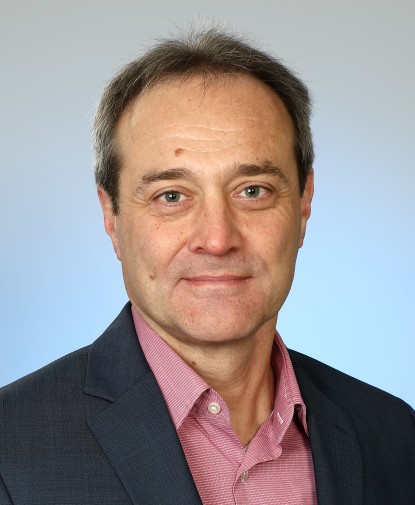Courses of Prof. Vogel
Content
The lecture deals with the structure and properties of crystalline and amorphous solids. It addresses both experimental methods and theoretical concepts in solid-state physics.
Topics
- Bond types in solids
- Structure of solids
- Lattice vibrations
- Electrons in solids
Contacts
Content
The lecture deals with the properties of condensed matter, in particular, crystalline and amorphous solids. Moreover, an overview over liquid and soft water, including polymers, is given. Experimental methods and theoretical concepts of condensed matter physics are introduced.
Topics
- Energy bands
- Semionductors
- Electric and magnetic properties
- Superconductivity
- Glasses
- Liquid and soft matter
course details (german) (opens in new tab)
Contacts
Content
The lecture deals with the properties and applications of soft matter, which is of enormous relevance in nature and technology. Several important types of soft matter are discussed. Experimental methods and theoretical concepts of soft matter physics are introduced.
Topics
- Viscoelasticity
- Phase transitions
- Polymers
- Gels
- Colloidal dispersions
- Liquids crystals
- Self assembly
Contacts
Content
The lecture addresses bachelor students in chemistry and materials sciences. It is a two-semester course.
Topics
Part I
- Mechanics of point masses
- Mechanics of rigid bodies
- Gravitation
- Mechanics of deformable systems
- Thermodynamics
Part II
- Electro statics
- Magnetism
- Elektromagnetic waves
- Optics
- Particle- and atom physics
Literature
- Gerthsen: Physik (Springer)
- Tipler: Physik (Spektrum)
- Halliday, Resnick. Walker: Physik (Wiley VCH)
- Kuypers: Physik für Ingenieure und Naturwissenschaftler (Wiley VCH)
- Kulisch: Physik für Dummies (Wiley)
- Feynman: Lectures in Physics I-III
Contacts
Content
The lecture addresses bachelor students in civil engineering and teaches basic knowledge in physics.
Literature
- Gerthsen: Physik (Springer)
- Tipler: Physik (Spektrum)
- Halliday, Resnick. Walker: Physik (Wiley VCH)
- Kuypers: Physik für Ingenieure und Naturwissenschaftler (Wiley VCH)
- Kulisch: Physik für Dummies (Wiley)
- Feynman: Lectures in Physics I-III
The lecture addresses students of teaching. It covers topics ranging from particle and nuclear physics to solid-state physics.
Content
Particle and nuclear physics
Atom and molecule physics
Solid-state physics
Content
This lecture teaches the principles of NMR spectroscopy.
Course materials
Access restricted section: Log in to see this section.
Theses
For your start in science, we offer various research projects, which are linked to larger research efforts of the group. In this way, you can, on the one hand, profit from the knowledge of your colleagues and, on the other hand, already perform independent research.
Currently, bachelor and master projects are available in the following fields:
In addition to the well known density anomaly, water shows a multitude of exceptional properties. In the literature, it was conjectured that these anomalous behaviors originate in the existence of two phases of liquid water at reduced temperature and enhanced pressure. To scrutinize this hypothesis, it is necessary to circumvent crystallization. For this purpose, we exploit that the liquid state can be stabilized when we confine water to narrow nanopores in experiments or apply high cooling rates in simulations.
We study how structures, dynamics, and phase behaviors are altered by interfaces in nanostructured condensed matter. In particular, we determine how structural motifs, particle mobilities, and demixing processes of liquids can be controlled by the interactions with solid surfaces. This knowledge is important not only in fundamental science but also for nanotechnogical applications.
An optimization of lithium ion batteries requires solids with very high ionic conductivity. We analyze the mechanisms for charge transport in solid materials for lithium ion batteries by characterizing the energy landscape, which governs the jumps of the ions in the solid matrix. In particular, we ascertain for promising nanostructured ceramics what effects limit the electric conductivity and, thus, technological applications of lithium ion conductors.
Proteins are the basic building blocks of life. For their functions, the existence of appropriate solvents such as water is crucial. We investigate protein-solvent mixtures. The goal is to characterize the protein and solvent dynamics as well as their interplay. In this way, we intend to develop a microscopic understanding of biological functions.
In all projects, NMR experiments or MD simulations can be performed. In some cases, dielectric spectroscopy can be applied. We permanently optimize several of our NMR setups, e.g., to wide the frequency range or to enhance the spatial resolution.


